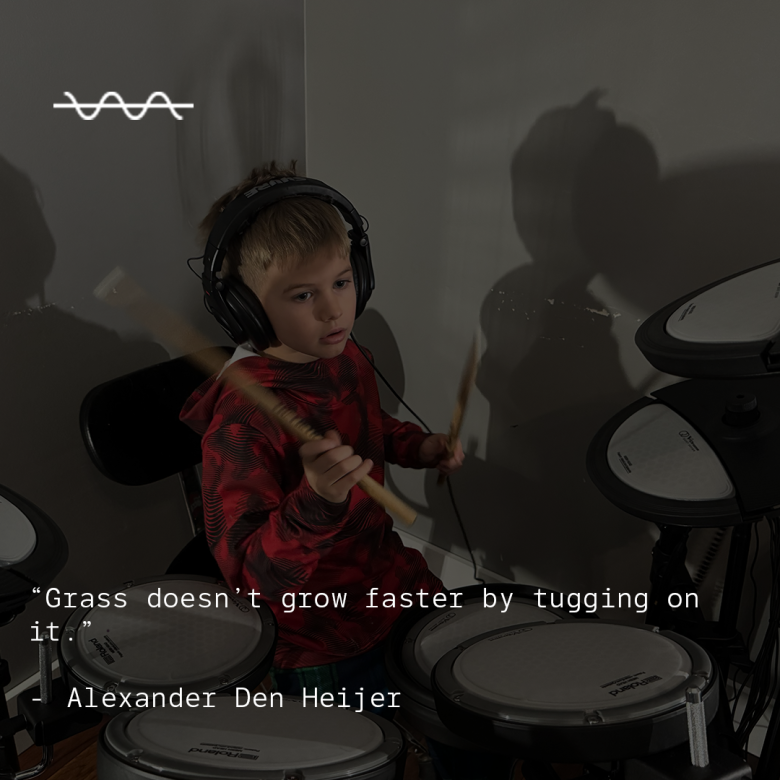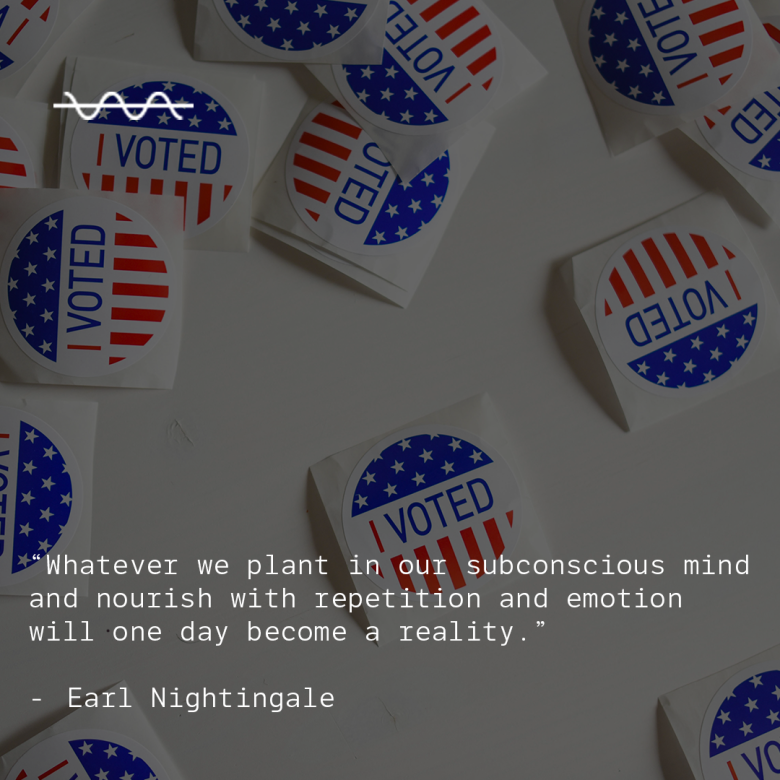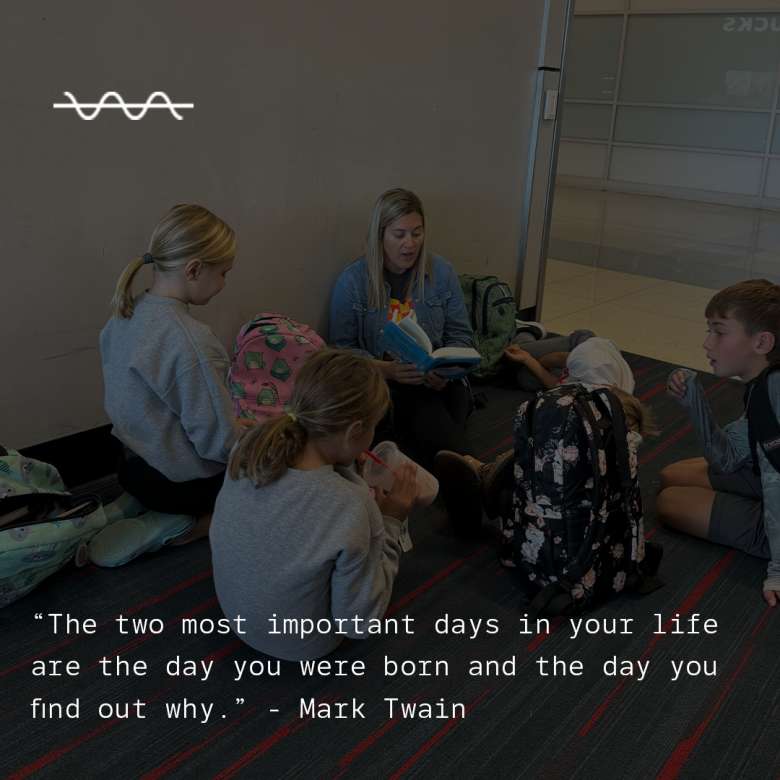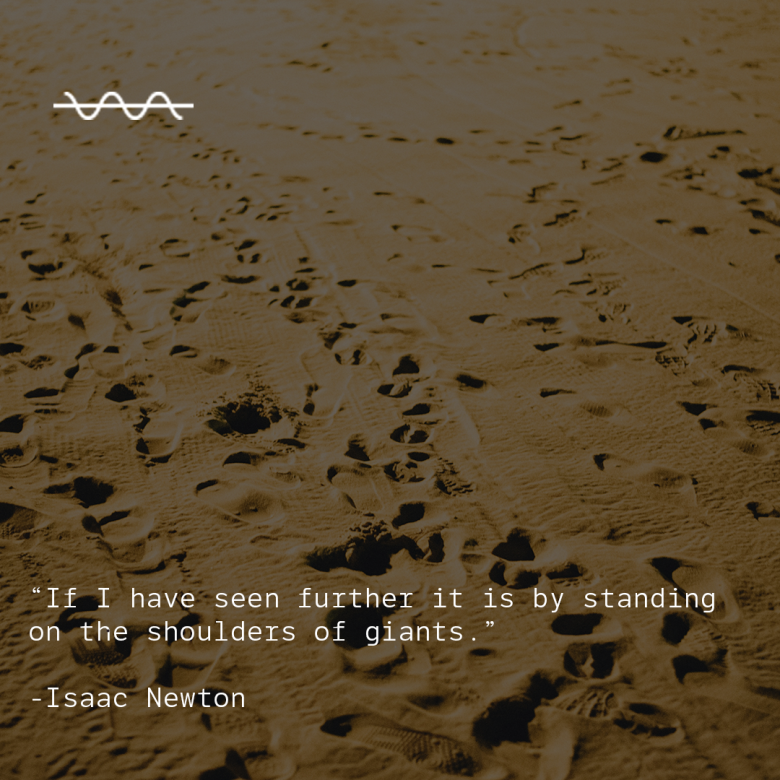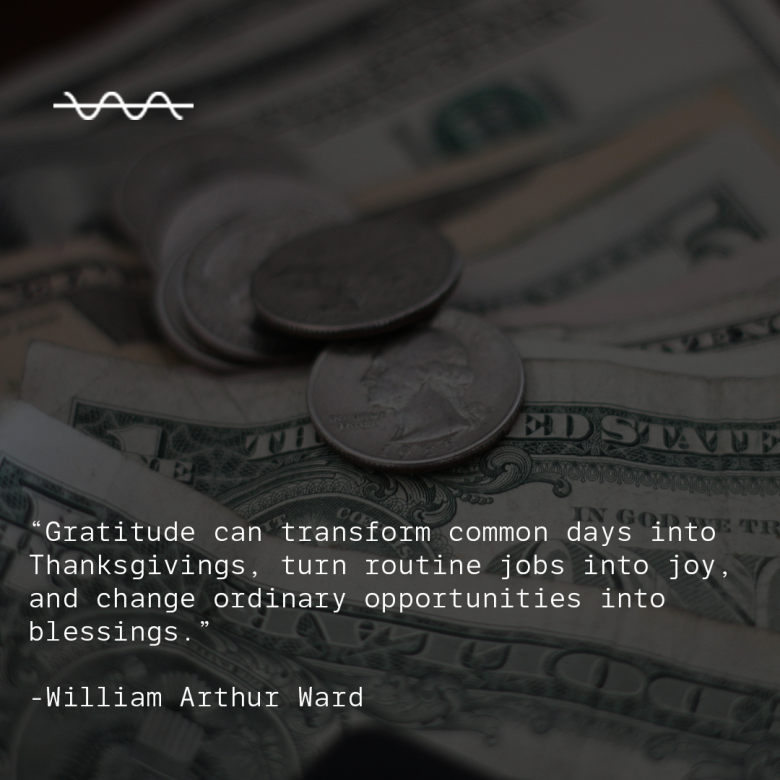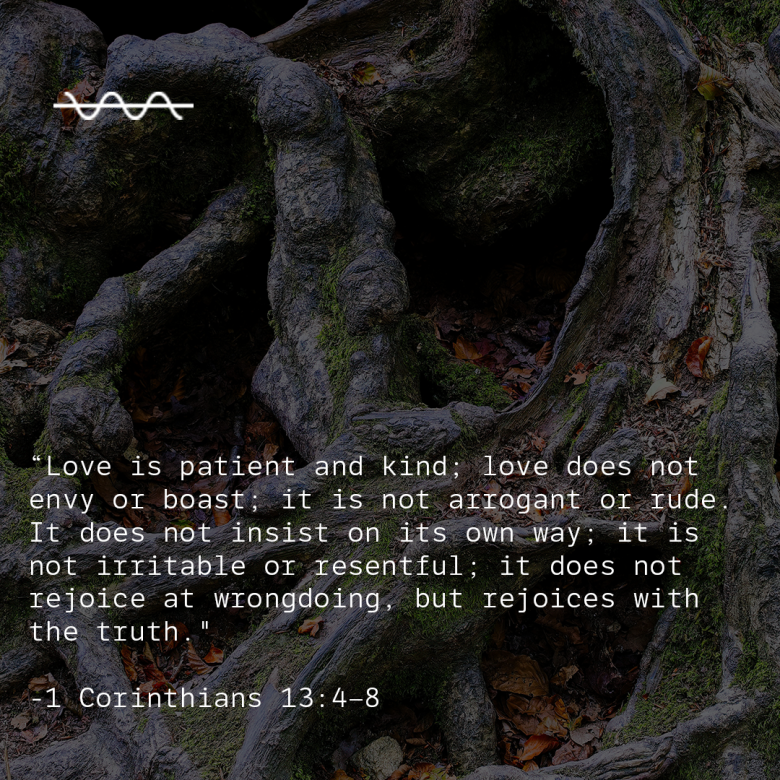Follow the Science
The machines harvested the cotton, spun it into your sheets, and washed them clean.
The natural gas controller, fan motor, and thermostat kept your house warm.
The microchip processed the app and chirped the sound to wake you at precisely the right time…
Before you got out of bed this morning, you owed your entire comfort and well-being to science.
And throughout today your life will be made a thousand times easier thanks to people you’ll never know, who invented the things you couldn’t live without.
But it wasn’t just those people we have to be thankful for.
It was a method.
You probably first learned about it in 2nd grade:
1. Make an observation.
2. Ask a question.
3. Form a hypothesis, or testable explanation.
4. Make a prediction based on the hypothesis.
5. Test the prediction (break it)
6. Iterate: use the results to make new hypotheses or predictions.
This is known as the scientific method, and it’s behind every advancement known to mankind.
It’s why, despite our failures, we always end up a little better than we used to be. It is the universal method of progress.
You don’t have to look very far to see a scary truth: this method is in more danger than it’s ever been.
We have never been more afraid to state our observations, ask questions, share our ideas, and to test those ideas in public.
No, I’m not here to talk about the woes of cancel culture.
I’m talking about breaking things.
And the beautiful nature of being broken.
The entire scientific method; our entire existence as we know it, is based on our ability to break things, realize they are broken, and move along without judgment.
Why is that freaking so many people out?
Is it freaking you out?
My friend, let me assure you that it’s part of the process.
Your friends, your work, your health, your spouse, your kids, and your church… will break.
But it all leads to you being better than you used to be.
It’s part of the process.
It’s science.
You are a beautiful invention. But you are far from being out of Beta… and that’s okay.
It’s time we all embrace the broken, and move on to step six:
Use your results to make a new hypothesis.
You are far from done. This experiment is far from over.
And I can’t wait to see the results.
Take it easy,
BW
Written By:

Recent Frankly Fridays:
Get The Latest In Your Inbox:
We'll be back every Monday & Friday answering your real-life marketing questions!
Keep Reading Frankly Fridays And Get Inspired
The Prayerful Loser
Once a man was asked, “What did you gain by regularly praying to God?” The man replied,…
A Note To Young Drummers and Dreamers
In all of my ventures, in all of my years, I have never encountered a force so…
Pixie Dust
It’s fascinating how many hours people will spend waiting for a few seconds of thrill. We are…
But What About Wednesday?
Your mind is your ultimate source of freedom, so long as you don’t let someone else control…
But What Are You Celebrating?
Can you remember all the way back to this time last year? You were probably getting tense…
Do What You Were Born to Do
3am. 12 bags. Four sleepy faces. One late airplane. No one would blame this tired mama for…
Somebody Wants to Help
Long ago, you took a leap of courage. You launched a career, a business, a family… You…
Challenges vs. Problems
I believe words have power. Do you? Words start and end marriages. Words unite and divide populations….
Why I’m Carrying Cash
You swing into your favorite coffee shop on your way to work. The young kid at the…
You Can’t Win With Her
Do you want to be happy? Do you want to live a life of excitement, impact, and…


